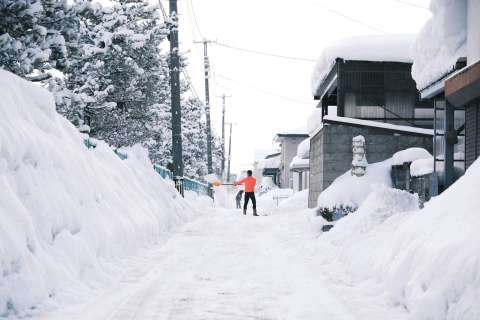Dear Doctors: My husband and I were clearing weeds when I felt a sharp jab on my leg. I thought the weed whacker had kicked up a rock, but it was a bite from a fire ant. The pain was severe, as was the reaction. I got a huge lump, blisters and bright red skin. What can you do for fire ant bites?
Dear Reader: Fire ants are native to South America. More than a century ago, the first of the two species now found in the United States arrived aboard a cargo ship in Mobile, Alabama. Black fire ants arrived in 1918, while red fire ants, also shipboard stowaways, were first observed in the late 1930s. At this time, fire ants inhabit the southeastern and southwestern states, much of California and some of lower Oregon. They spread into new areas by expanding their colonies and are introduced in transported agricultural products.
Both species are extremely aggressive when disturbed. Touch or kick a nest, and the ants respond with a rapid vertical climb, during which they sting their target, often multiple times. They fasten themselves to the skin by clamping down with their powerful jaws, then inject a painful venom into the flesh with the stinger located on their hind end.
The venom can elicit a strong and prolonged immune response. In cases of an allergy, as with a bee sting, the effects of the bite can become life-threatening. However, this is rare.
The symptoms you described are typical of a fire ant bite. The initial stinging pain of the bite is followed by a painful burning sensation from the venom in the sting, which gives the ants their name. The area around the bite quickly becomes inflamed and dotted with itchy red bumps. Within a day, the bumps develop into fluid-filled blisters.
Because a single fire ant can bite and sting multiple times, people are advised to immediately and briskly rub them off of the skin. At the same time, step away from the area where you have received the bite, as additional ants may have been disturbed and can also respond with an attack. Wash the area to get ahead of possible infection.
Over-the-counter antihistamines can help blunt the initial effects of the bite. Hydrocortisone cream and ice packs can also ease pain and swelling. In most cases, swelling is localized to the bite and resolves in a few days. If symptoms don't respond to over-the-counter medications, your doctor may advise prescription-strength versions.
The pustules that form around a fire ant bite last a week or more. Infection is possible, so it is important to care for them as you would any wound. This includes keeping the area protected, clean and free from dirt.
When any kind of insect bite causes a severe allergic reaction, it's vital to seek immediate attention. Symptoms include noisy or labored breathing, excessive sweating, nausea, hives or welts, dizziness, unusual weakness, swelling of the face or eyes, slurred speech or chest pain.
(Send your questions to [email protected], or write: Ask the Doctors, c/o UCLA Health Sciences Media Relations, 10960 Wilshire Blvd., Suite 1955, Los Angeles, CA, 90024. Owing to the volume of mail, personal replies cannot be provided.)





